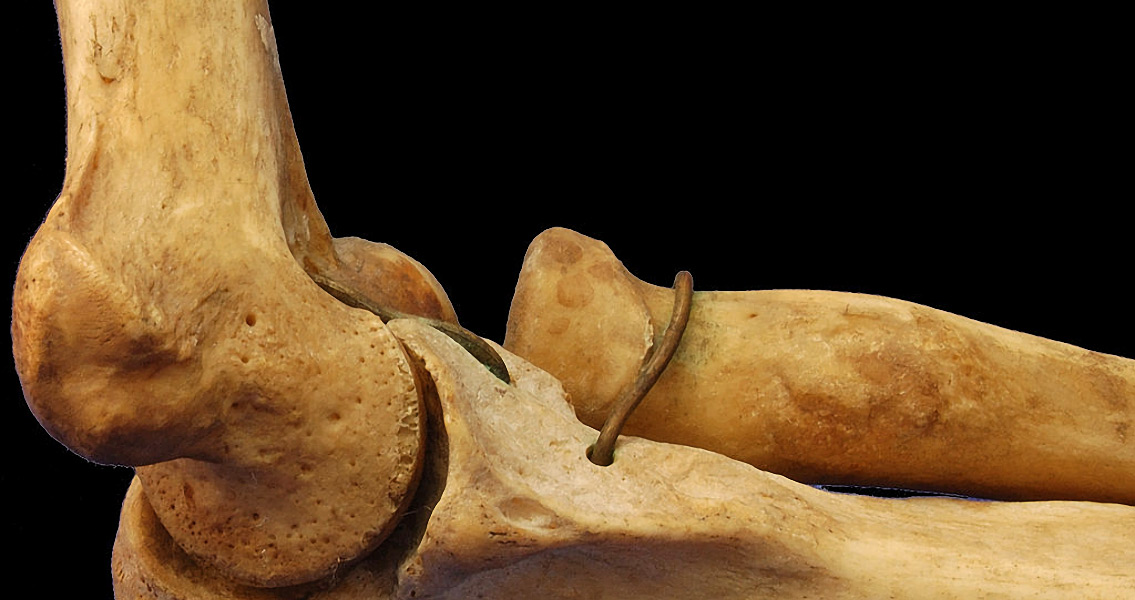<![CDATA[A diagnostic test developed by a graduate student of archaeology at Yale University may be able to reveal how malaria spread among humans in ancient times, when the disease first appeared in our species. The team, led by Jamie Inwood, developed a method of identifying a specific polymer that the malaria-causing parasite produces once in the body. This method is more effective than already existing tests for malaria in human remains because it can work with bones that are impervious to these other tests. The new method also has implications for the present day, as it may allow scientists to map potential future spreads of the disease based on the patterns they identify from ancient times. It has the potential to reveal a great deal about how malaria evolved over the centuries. The technique developed by Inwood and her team consists of them collecting as much data as possible about chemical and spectral traces of malaria in ancient human remains, focusing on one single polymer, hemozoin, which appears in the bone marrow in the form of black, crystalline clumps. The compound can be identified via X-ray defraction. What makes the method more reliable than others, such as the extraction of pathogenic DNA from ancient remains, is that it works on bone remains regardless of the conditions under which they have been stored. In addition, the pathogenic DNA method often yields inconclusive results, which significantly limit its effectiveness. The new technique was tested at an archaeological site in northern Italy, near Teverina. Interestingly, the way that the researchers selected the most suitable site was related to ancient DNA extraction performed by another research team, from the University of Arizona. This team, led by David Soren, had performed DNA extraction testing on bones dating back to 550 CE. The remains were considered suitable for the test because of their abundance at this location, which suggested the people they belonged to, around 100 infants and small children, had fallen victim to an epidemic outbreak. The remains were buried at a cemetery in the vicinity of a now destroyed Roman villa. The manner in which the bodies were buried, covered with roof tiles, suggested the event had occurred in pre-Christian Rome. Soren's research provided Inwood’s team with bone samples from this cemetery, in which the researchers found hemozoin clumps. They examined the remains at the Yale archaeohistology lab, and found the polymer, which, according to Inwood “dances under the microscope.” Commenting on the new diagnostic method, one anthropologist, Yale professor Roderick McIntosh, said that it holds promise for gaining more insight into how malaria develops and how it is affected by changes in human communities. Such insight could be crucial for keeping the disease under control and developing more effective treatments, since the disease constantly changes. Inwood will now continue her work on the new test by studying other remains, this time from West Africa, and by developing more detailed guidelines about the application of the method, so other researchers can contribute to the quest of learning the history of malaria. Image courtesy of Wikimedia Commons User: Brian C. Goss]]>
Test Promises to Reveal Ancient Malaria Spread
